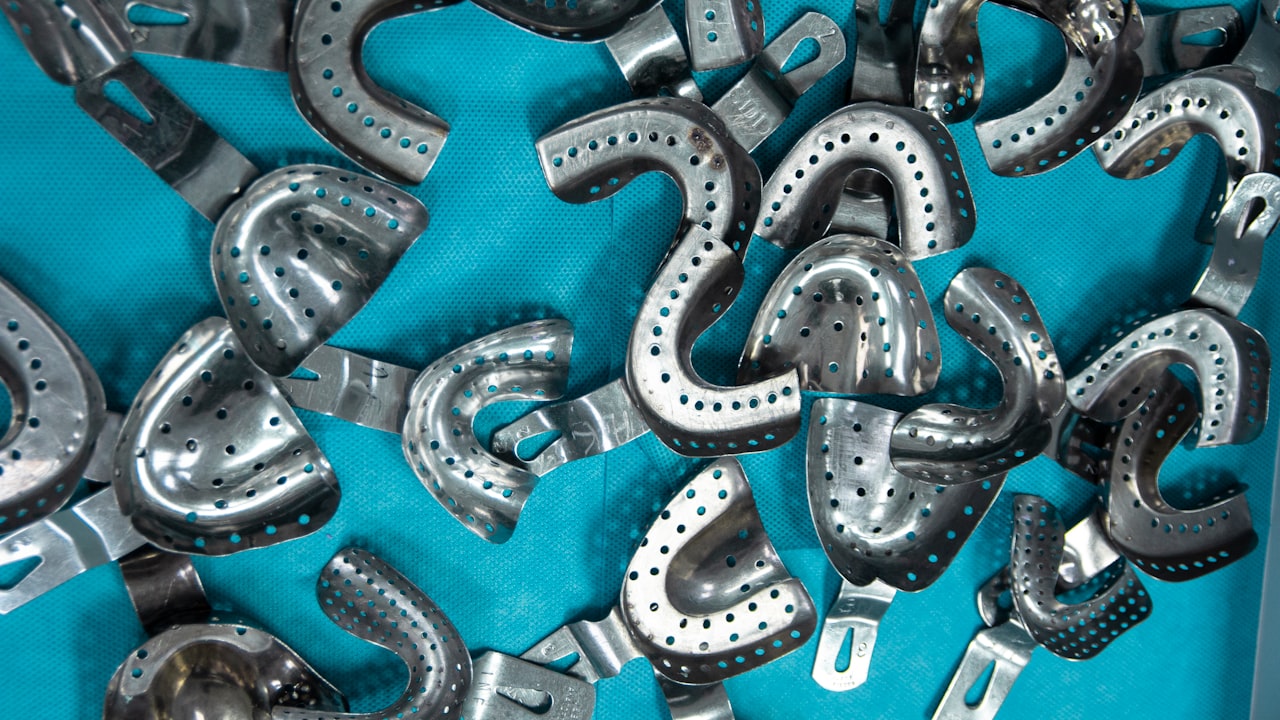When utilizing a dental drill, plaque is scraped off the tooth and drilled holes into the enamel for easier cleaning. A tungsten carbide drill bit is attached to an air turbine that powers a handpiece. It was in the mid-1700s that marked the turning point of dental medicine with the introduction of the dental drill. The machine has facilitated faster work and minimized patient discomfort during procedures.
The bacteria in your mouth will result in tooth decay that results in the slowly wearing off of the enamel. Plaque is the byproduct of the bacteria's digestive process. Plaque acts as an incubator for other bacteria, which will colonize the tooth surface and produce acid if left unchecked. Other bacteria may then enter the wounds and begin digesting the subcutaneous fat and collagen.
Dental Drill Design
You can find dental drills in different designs, but most of them have basic features such as couplings, a drill bit, a handpiece, and motors. The air turbine activates the high-speed drilling. The highly-pressurized air is converted into mechanical energy, which enables drill bits to move at more than 300,000 rpms. For drilling, polishing, and finishing the tooth enamel slower speed is required and is normally designed with secondary motors.
Most portable dental drill has slender handpiece. It is a tube-shaped machine that connects the drill bit with the motor. It is usually lightweight and designed ergonomically. The attachment has an E-shape design that ensures the drill bit is well-angled for optimum system stability.
These components of the dental drill are extremely delicate.
The couplings allow the drill unit to be connected to a water source and an electric or air compressor. There could be two or four holes in the fitting, depending on the design.
In a dental drill, the bur, also known as the drill bit, is the most crucial component. It's compact and tough enough to withstand high-velocity rotation and the resulting heat. Burs can be made in a wide variety of shapes, each with its own set of advantages when it comes to cutting and drilling.
The Future of Dental Drill
Growing the drill's top speed and fixing the issues that came with it had been the primary focus of dental drill development for a long time. In spite of this, research has shown that increasing the drill bit speed beyond its current levels offers no advantages. As a result, researchers are now concentrating on finding better alternatives to traditional drills. Two new developments are especially interesting and may point to the future of dentistry.
Cavity treatment has advanced with the introduction of air-abrasive technology. Parts of the tooth's surface are blasted away without the use of a drill with this method. Plaque is "knocked off" the tooth by a stream of air containing tiny alumina particles. The dental drill may eventually be replaced by laser technology.
The use of a laser drill on the sensitive tissue of teeth has recently been approved by the Food and Drug Administration. However, permission to treat bone and cartilage has yet to be granted. Drilling times and precision could be improved with this technology. When compared to traditional drilling, both of these new technologies are vast improvements for the patient's comfort level.


